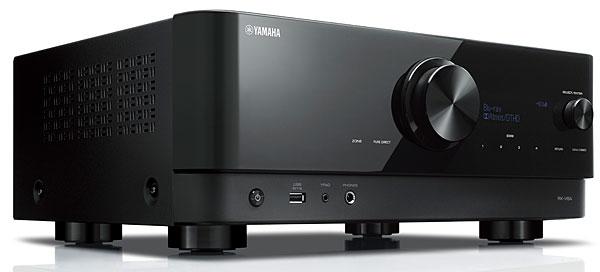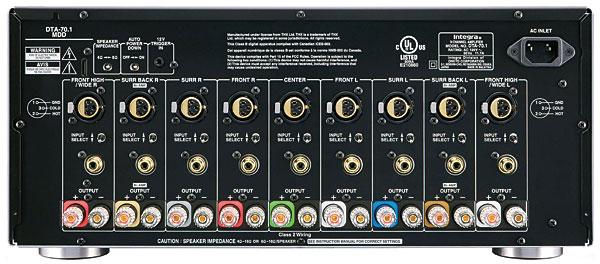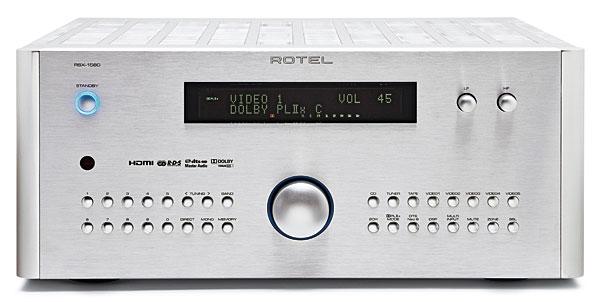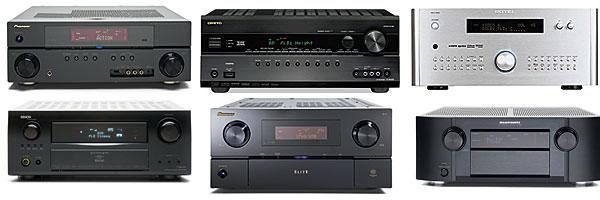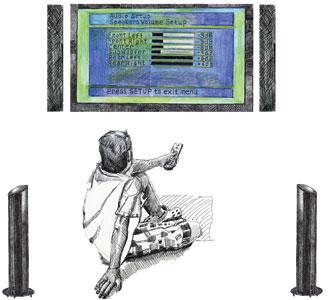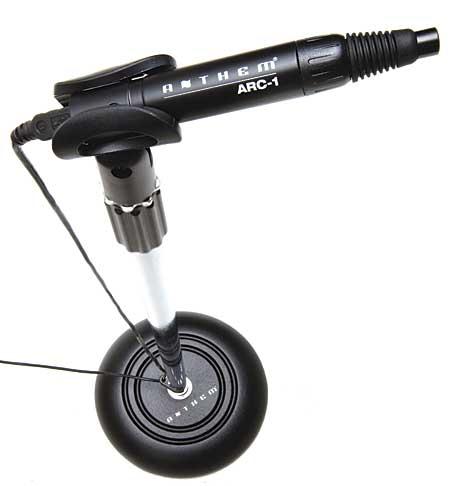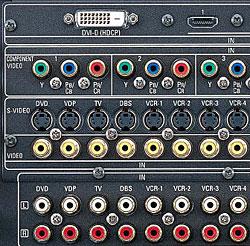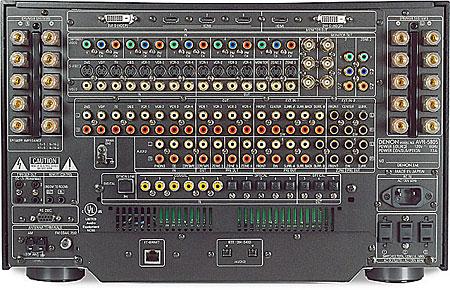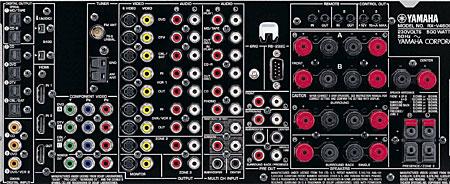AV Receiver Setup
Sort By: Post Date TitlePublish Date
|
Feb 14, 2023
|
Jul 06, 2012
|
Jul 18, 2011
|
Mar 17, 2011
|
Sep 16, 2010
|
Jul 20, 2009
|
May 29, 2007
|
May 25, 2007
|
Dec 30, 2006 |
First Published: Dec 03, 2006
